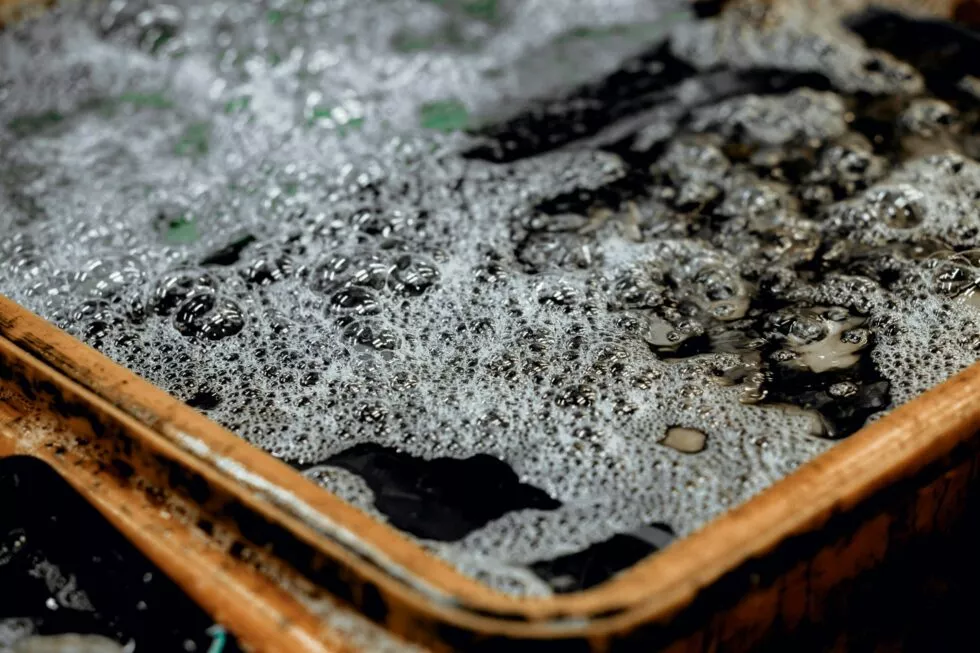Top 5 mistakes to avoid when installing a micro purification station

Introduction to common mistakes
The installation of a micro purification station is an important step in ensuring the efficient management of domestic wastewater. This article aims to raise awareness of the most common installation mistakes and their potential impacts, while providing practical advice on how to avoid them. By being aware of these mistakes, you can not only ensure a successful installation, but also extend the durability of your micro purification station.
Mistake 1: wrong site selection
The choice of site for the installation of your micro purification station is crucial. A common mistake is to select a location that does not comply with local regulations or that exposes the system to the risk of flooding. It is essential to consult a professional to assess the configuration of the land, the permeability of the soil and the level of the water table. An unsuitable site can lead to additional costs for future modifications and compromise the efficiency of the system. In addition, choosing an unsuitable site can also lead to accessibility problems for the necessary maintenance, thus aggravating the difficulties in the long term.
Mistake No. 2: neglecting regulatory aspects
Regulations regarding individual sanitation vary from one region to another. Ignoring these legal requirements can not only result in sanctions, but also harm the environment. It is imperative to find out about the standards in force and to obtain all the necessary permits before proceeding with the installation. Collaborating with a sanitation expert can not only facilitate compliance with these obligations, but also guarantee a compliant installation. In addition, an expert can help you understand the legal and environmental implications, thus avoiding future complications.
Mistake 3: choosing the wrong size of system
The size of the micro purification station must correspond to the volume of wastewater to be treated. Underestimating the necessary capacity can cause overflows and malfunctions. Conversely, unnecessary oversizing can be an expensive investment. It is advisable to make an accurate assessment of your needs based on the number of inhabitants and water consumption in order to choose the most suitable system. In addition, it may be wise to allow for a safety margin for possible future increases in consumption to ensure that the system remains efficient in the long term.
Maintaining the efficiency of your micro-station
Regular maintenance is essential to ensure that your micro-treatment station performs optimally. Neglecting this step can reduce the efficiency of the system and cause costly breakdowns. Proper maintenance includes cleaning the filters, checking the pumps and periodically emptying the tank. By following a rigorous maintenance programme, you extend the lifespan of your equipment and ensure efficient wastewater management. In addition, preventive maintenance allows potential problems to be identified and resolved before they worsen, thus avoiding costly repairs in the future.
Mistake 4: Insufficient maintenance
Failing to maintain your micro-station regularly is a common mistake that can have serious consequences. Accumulated residue can clog filters and pumps, resulting in a decrease in treatment efficiency. Planning regular inspections and cleanings helps to avoid breakdowns and costly repairs. Preventive maintenance is the key to maintaining optimal operation. In addition, regular maintenance helps to maintain the environmental performance of your system, thus ensuring that wastewater is treated properly.
Mistake 5: incorrect installation of components
Incorrect installation of certain components can compromise the efficiency of your micro purification station. Whether it’s faulty connections or inappropriate positioning, these errors can lead to leaks and impair the treatment of wastewater. It is essential to ensure that all elements are properly installed. By calling on a qualified professional, you can be sure of a correct installation.
Environmental consequences of installation errors
Installation errors in micro-treatment plants can have significant environmental impacts. A poorly installed system can lead to leaks that contaminate the soil and water tables. In addition, ineffective wastewater treatment can release pollutants into the environment, thus affecting local biodiversity. It is therefore essential to take all necessary precautions to ensure a successful and environmentally friendly installation. Furthermore, a well-installed system contributes to the protection of the surrounding ecosystem, reducing the risk of pollution and preserving natural resources.
Conclusion: successful installation of your micro-station
By avoiding these common mistakes, you can ensure the successful and sustainable installation of your micro-treatment plant. Each stage, from site selection to regular maintenance, plays a crucial role in the efficiency of wastewater treatment. By familiarising yourself with local regulations, choosing the appropriate size of system and ensuring correct installation, you will protect not only your investment but also the environment. Regular maintenance guarantees the durability of your installation and optimal wastewater management.

